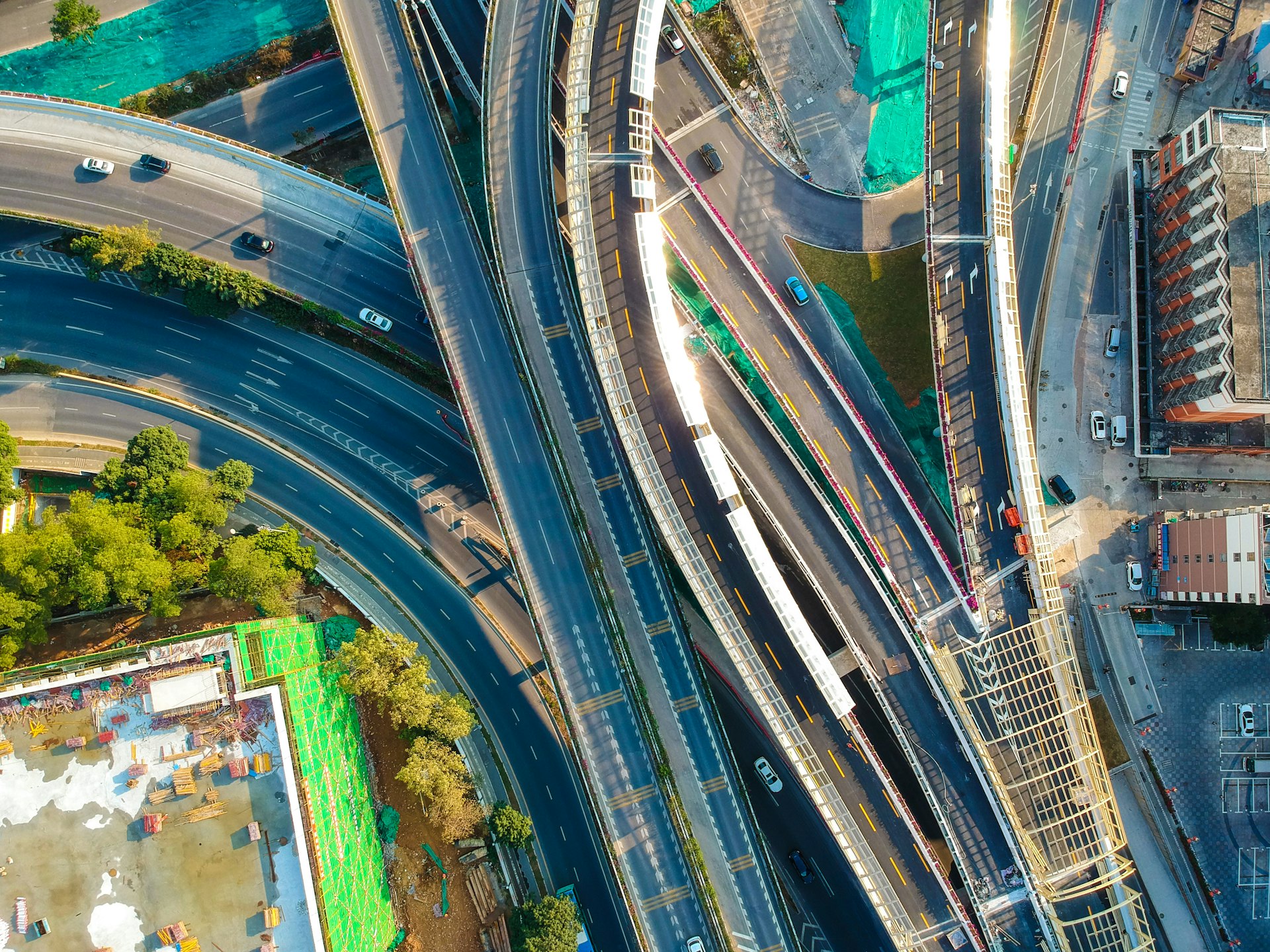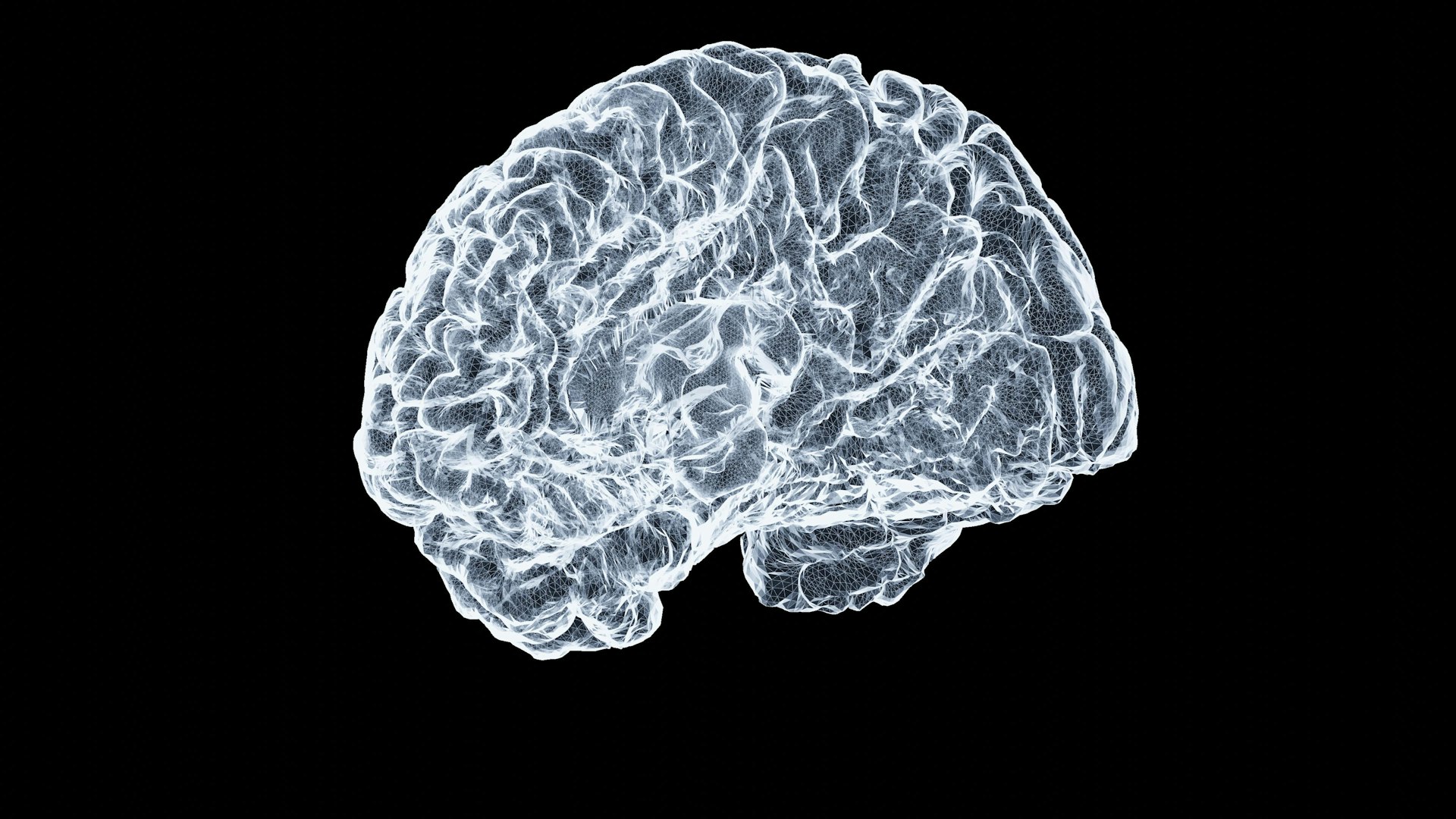Unlocking Student Potential: How AI-Generated Content Transforms Learning

Photo by Edz Norton on Unsplash
Introduction: The Growing Influence of AI-Generated Content in Student Learning
Artificial intelligence (AI) has rapidly evolved from a futuristic concept to a foundational pillar in modern education. AI-generated content-ranging from adaptive quizzes to personalized research aids-is transforming the way students learn, interact with material, and develop critical skills. As educators and policymakers seek innovative solutions to persistent challenges, AI-powered tools offer new opportunities to enhance creativity, engagement, and academic achievement in classrooms across the globe [1] [3] .
Personalized Learning and Tailored Support
One of the most significant benefits of AI-generated content is its ability to personalize learning experiences . By analyzing student performance data, AI tools can identify individual strengths and areas for growth, offering targeted resources and support. For example, platforms can automatically translate instructions or assignments for multilingual learners, ensuring equitable access for all students. Teachers can also use AI-powered programs to adjust the difficulty level of tasks, create custom quizzes, and design projects suited to each student’s unique abilities [2] .
To implement personalized learning strategies with AI, educators can:
- Utilize established learning platforms like Khan Academy, which integrates AI tutoring and adaptive practice exercises.
- Analyze assessment data using classroom management software to identify learning gaps and assign targeted digital content.
- Collaborate with school IT departments to ensure integration of AI tools is secure and compliant with data privacy standards.
Schools without access to commercial platforms can explore open-source AI solutions or seek guidance from district technology coordinators. Many universities and educational non-profits provide resources and free tutorials to help teachers get started with AI in their classrooms.

Photo by Omar:. Lopez-Rincon on Unsplash
Enhancing Creativity and Engagement with AI-Generated Content
AI technologies are not only streamlining administrative tasks but also fostering creativity and increasing student engagement . Interactive AI tools can simulate historical conversations, generate visual aids, and create immersive virtual environments that make learning more engaging. For instance, AI-powered chatbots have been used to role-play literary characters, transforming classroom discussions into dynamic, context-rich experiences [2] [1] .
To leverage AI for creativity and engagement:
- Teachers can experiment with generative image tools to create custom visual material for lessons.
- Students can use AI writing assistants to brainstorm essay ideas or receive instant feedback on drafts.
- Classrooms can integrate virtual reality (VR) modules to bring complex concepts to life, increasing interactivity and fun.
While many advanced tools require subscriptions, educators can find free or low-cost options by searching for “open educational AI tools” or consulting academic resource centers. Community organizations and local libraries may also offer support for technology integration.
Streamlining Teaching and Administrative Tasks
AI-generated content is transforming the workload for educators by automating repetitive tasks and streamlining lesson planning. Teachers can generate high-quality instructional material, quizzes, and visual aids quickly, freeing up time to focus on personalized instruction and student support [5] . School administrators are also leveraging AI for scheduling, email drafting, and organizing professional development sessions.
Actionable steps for educators and administrators include:
- Adopting AI-powered lesson planning tools to save time and enhance curriculum quality.
- Utilizing classroom chatbots to answer routine student questions and provide real-time assistance.
- Exploring data analysis platforms to inform strategic decisions, such as summer class scheduling or resource allocation.
Districts seeking to implement AI tools should review existing technology policies and consult IT specialists to ensure compliance with data security standards. Many organizations offer professional development workshops on AI integration; educators can inquire with their local school boards or state education agencies for available opportunities.
Challenges and Considerations in AI-Generated Student Learning
Despite its many advantages, AI-generated content introduces new challenges that educators and policymakers must address. Concerns include algorithmic bias , data privacy , and the risk of students relying excessively on AI for assignments, potentially undermining critical thinking skills [4] . Educators worry about increased surveillance and fairness in automated monitoring systems, while students may encounter misinformation if AI-generated material is not properly vetted.
To mitigate these risks, schools should:
- Establish clear guidelines for responsible AI use, emphasizing academic integrity and ethical considerations.
- Provide training for both teachers and students on identifying reliable sources and evaluating AI-generated information.
- Consult official government agencies, such as the U.S. Department of Education, for up-to-date policy recommendations and best practices regarding AI in schools.
Parents and educators seeking guidance on responsible AI use can visit the official website of the U.S. Department of Education or search for “AI in education” policy briefs for authoritative recommendations.
Alternative Approaches and Future Directions
While AI-generated content offers transformative potential, alternative approaches remain essential for a balanced educational experience. Human-centered learning, collaborative projects, and traditional instructional methods should complement AI tools to ensure holistic development. Schools can integrate AI with existing teaching frameworks, encouraging students to develop creativity and problem-solving skills alongside technological proficiency.
Potential pathways for future growth include:
- Participating in pilot programs that evaluate the impact of new AI applications on student outcomes.
- Engaging with professional networks and educational research groups to stay informed about evolving best practices.
- Seeking grants or public funding for technology integration, with support from local education agencies and non-profit organizations.
Educators interested in exploring innovative AI applications can attend industry conferences, review recent research from university education departments, or join online communities focused on educational technology.
Key Takeaways and Practical Guidance
AI-generated content is rapidly reshaping student learning by offering personalized support, enhancing creativity, and streamlining teaching. To maximize benefits, educators and administrators should focus on responsible implementation, ongoing professional development, and transparent communication with students and families. When uncertain about specific tools or programs, it is best to consult official education agencies and conduct thorough research using verified search terms and recognized platforms.
References
- [1] PMC (2024). The Usage of AI in Teaching and Students’ Creativity.
- [2] Walden University (2024). Five Pros and Cons of AI in the Education Sector.
- [3] University of Illinois College of Education (2024). AI in Schools: Pros and Cons.
- [4] U.S. Department of Education (2024). Artificial Intelligence and the Future of Teaching and Learning.
- [5] University of Iowa (2024). The Role of AI in Modern Education.
MORE FROM yourscholarshiptoday.com













